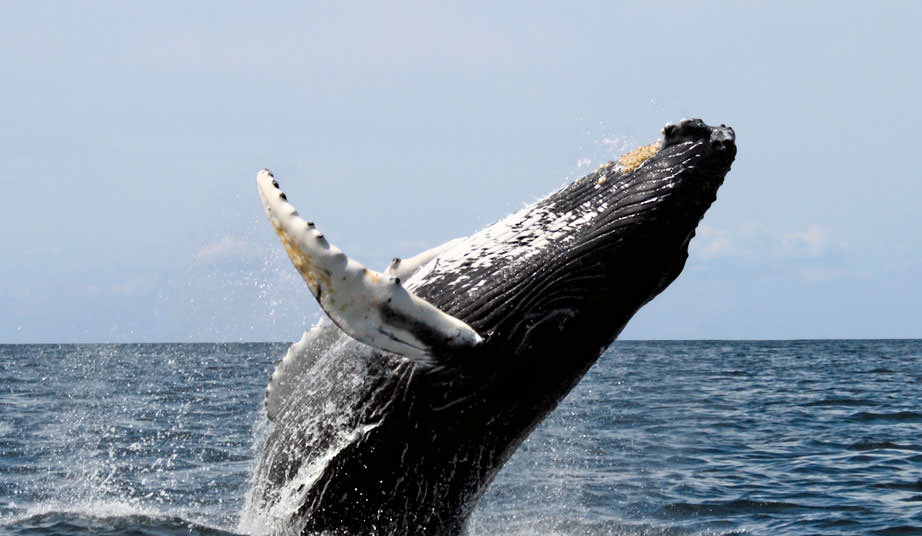Stellwagen Bank
2020 Condition Report: Findings of Status and Trends for 2007-2018
Executive Summary

In 1992, the U.S. Congress designated Stellwagen Bank National Marine Sanctuary (SBNMS), located off the coast of Massachusetts in the southwestern Gulf of Maine. The sanctuary stretches from Cape Ann to Cape Cod and encompasses 842 square miles surrounding Stellwagen Bank, a shallow, glacially-deposited underwater plateau and the sanctuary’s most prominent bathymetric feature. The interaction between tides, currents, winds, and Stellwagen Bank drives remarkable productivity and biodiversity. The sanctuary’s rich waters serve as a critical feeding ground and nursery for whales and dolphins, provide a vital stopover and seasonal destination for migrating seabirds, and offer essential habitat for commercially-harvested fish. The sanctuary’s proximity to the Boston metropolitan region attracts many valuable commercial and recreational activities such as fishing, shipping, and tourism, and its position astride historic shipping routes and fishing grounds for Massachusetts’s oldest ports make it a repository for historic shipwrecks and rich maritime heritage.
The purpose of a condition report is to use the best available science and most recent data to assess the status and trends of various parts of the sanctuary’s ecosystem. The first condition report for SBNMS was released in 2007; status and trend ratings from that report are provided in Appendix C. This report marks a second comprehensive update to describe the status and trends of sanctuary resources, including water quality, habitat, living resources, and maritime heritage resources. In addition, this new condition report includes the status and trends of ecosystem services—how humans either derive benefit or accrue costs from different ecosystem attributes that people care about for their lives and livelihoods. Ecosystem services evaluated in this report include heritage, food supply, consumptive and non-consumptive recreation, sense of place, science, and education.
The findings document status and trends in sanctuary resources and ecosystem services from 2007–2018, unless otherwise noted. The report helps identify gaps in current monitoring efforts, as well as causal factors that may require monitoring and potential remediation through management actions in the coming years. The data discussed in this report will not only enable sanctuary resource managers and stakeholders to acknowledge and have a shared perspective on prior changes in resource status, but will also inform management efforts, primarily through the management plan review process, to address challenges stemming from pressures, such as increasing coastal populations and climate change.
The summaries below suggest that water quality in the sanctuary is fairly good, but habitat, living resources, and maritime heritage resources continue to be impacted in various ways by human activities, such as shipping traffic and commercial and recreational fishing. Ecosystem services in the sanctuary are generally improving, and in either good or fair condition.
Report Content Summaries

